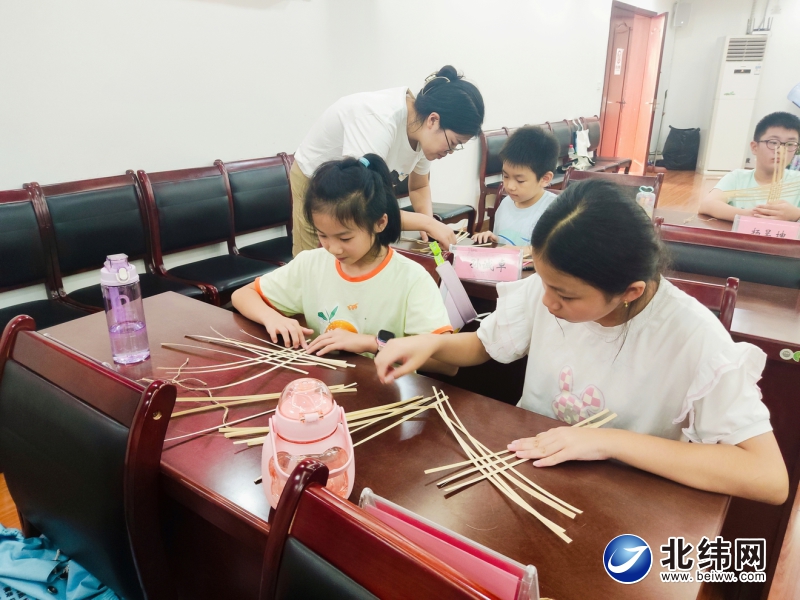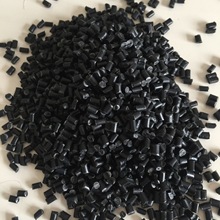A funny thing happened on the way to my futuristic dive into the Super Bowl in virtual reality -- it never happened.
Yes, I have my own, fancy Oculus Rift set up along with a pricey high-spec computer to help me immerse myself in the virtual waters of everything from gaming to animation and, I thought, sports events.
SEE ALSO:Facebook's VR social network is surprisingly stunningBut it turns out that Fox Sports, in its mainstream content wisdom, decided to offer its VR presentation of the Super Bowl exclusively on the Samsung Gear VR version of the Oculus store, and not the Oculus store for the Oculus Rift.
I know I speak for my Rift brethren out there when I say, WTF?
Focusing on the wrong users
At first I thought maybe this had something to do with the mobile VR app Fox Sports developed being perhaps too lightweight and not high-resolution enough for the high-end environment provided by the Rift, but nothing could be further from the truth.
Not only is the Fox Sports VR Super Bowl presentation insanely well-designed, the app, its interface and its array of video and data offerings look about as good as any non-gaming content I've seen on the Rift.
 The virtual VIP box framing the Fox Sports Super Bowl LI VR experience.Credit: fox sports vr
The virtual VIP box framing the Fox Sports Super Bowl LI VR experience.Credit: fox sports vrNow, a couple of days later, after I've plumbed the depths of the app, I'm here to say that there's simply no excuse for this amazingly well done, immersive sports experience to not be available to people who have paid upwards of $2,000 to equip themselves with the best available VR.
Yes, we know that there are far more people who own mobile VR headsets like the Gear VR, Cardboard and now Google's Daydream View. Mobile VR is great, but at this point, focusing on it over high-end VR headset users is like walking into Walmart and passing out Hamiltonfliers -- you'll get a few bites, but you're not reaching people who know and care about the Broadway musical.
 One of the many interactive game stats screens available in the Fox Sports Super Bowl LI VR experience.Credit: Fox Sports vr
One of the many interactive game stats screens available in the Fox Sports Super Bowl LI VR experience.Credit: Fox Sports vrDenying passionate VR lovers access to a huge VR event like the Super Bowl doesn't make any sense: Oculus users don't necessarily own or even want a low-end headset, plus they may or may not be on Android (the only phones that work with Gear VR or Daydream View). So the result is VR's most loyal users are cut out of the biggest thing happening in the medium. Who thought that was as good idea?
Similarly, the premiere of 24: Legacy, which aired on the same network just after the Super Bowl, also had an incredibly well produced VR experience ("The Raid"). Yep. You guessed it. It's only available on the Gear VR.
 A scene from 24 Legacy 'The Raid' on the Samsung Gear VR.Credit: Samsung VR
A scene from 24 Legacy 'The Raid' on the Samsung Gear VR.Credit: Samsung VRSo, just to make sure you're keeping up, here's what VR users were presented with on Sunday:
1. The Fox Sports VR app is available on Oculus store for Gear VR, but not the Oculus store for Oculus Rift.
2. The 24 Legacy"The Raid" app is only available on Samsung VR app, but to get "that" app you must first download the mobile Oculus app. And no, you can't get any version of "The Raid" app on the Oculus store for the Oculus Rift.
Did you catch that? It's almost like a riddle. (In which the answer is: Do I actually care thismuch?)
Not. Confusing. At. All.
And while this might seem like a one-off event, I've encountered this time and again over the past year when it comes to VR experiences. It seems in their rush to capitalize on the still mostly uncooked world of mobile VR, many major VR productions are simply bypassing high-end VR headset owners (including the Rift, HTC Vive and PlayStation VR) altogether.
Case in point: The NBA's VR production partner, NextVR, remains solely focused (for now) on mobile VR like the Gear VR and Google Daydream, instead of serving the needs of the most dedicated consumers who have invested the most in this emerging technology.
Who's to blame?
"It's ultimately up to the developer in terms of what platforms they are building for, whether that be on Rift or Gear VR," an Oculus spokesperson said, after I asked about the uneven distribution of certain apps and experiences between the Gear VR and the Rift. "Often times, there are developers who choose to bring their apps to Gear VR first as it’s the more accessible option for a wider variety of people who may not be invested in the higher-end VR experience yet. Mobile is still the best entry into VR for a person who may not want a full PC setup just yet given it’s still a new technology."
VR is still a fledgling technology that needs to lean on the users who support it the most fervently.
That approach might make sense if your strategy is simply focused on capturing the most eyeballs possible by any means necessary, but VR is still a fledgling technology that needs to lean on the users who support it the most fervently. Instead, major VR productions are treating the medium as though it's just another app.
But it's not. VR is different.
Whether the experience is sports, gaming or social, VR demands more engagement from the user than any other software experience, and that experience has to be delivered in just the right way, with high quality, or you'll lose an otherwise enthusiastic future VR user.
The small team at Viacom NEXT (a VR-focused team within the broadcast giant) appears to understand this dynamic. Recently, I had the opportunity to experience the team's immersive music video "Chocolate," directed by Tyler Hurd, which premiered at Sundance in January. Rather than pumping the incredibly well-produced VR music video to as many people as possible on mobile VR platforms, the team is focusing (for now) on delivering it to the Oculus Rift and the HTC Vive in the coming months.
 A scene from the VR music video "Chocolate."Credit: viacom next
A scene from the VR music video "Chocolate."Credit: viacom next"It's a shortsighted decision to prioritize mobile VR," says Rob Ruffler, senior director at Viacom NEXT. "I think it's shortsighted because it's prioritizing the wrong things. The priority today in VR should not be, 'How many people can I get to view this thing, but how good is the experience for the people that do view it."
If major VR studios are wondering why more people aren't already singing the praises of VR, I present to them at least one major clue: You guys are making things unnecessarily complicated by muddying the distribution waters and focusing on VR tourists (aka non-sticky mobile users) over dedicated, high-end VR users.
If you want to make mainstream VR successful, holster your greed and focus less on becoming the dominant platform early in the game and spend more time on making it easy to experience incredible VR content.
The new lesson of VR is an old one: content is (still) king…but only if you can find it.
Featured Video For You
This VR paint studio allows you to collaborate live with anyone in the world
TopicsOculusSuper BowlVirtual Reality








